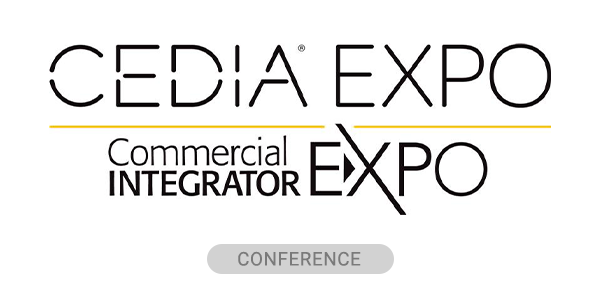We exist in a world of parity. Products or services of a similar type are seen as equals and become commodities. The holy grail for manufacturers, distributors and integrators is to find differentiation.
“We are better” doesn’t work. Everybody says the same things. This brings forth the conundrum of how to stand out and differentiate?
No Simple Answer
There is no simple answer, but research shows the most effective means of differentiation (sans a disruptive technology or service) lies in how the company treats their customers and the “likeability” and expertise of their people.
In “Commodity Paralysis and the 5Ps” (Product, Price, Program, Process and People), it addresses the challenges, with a focus on differentiation. Research shows the decision of where to buy complex technologies is rarely based on products, price, or programs. These elements tend to “float” and equalize themselves.
Think of parity and commodity in those areas. All else being equal, the overriding reasons to select a particular vendor are Process (how easy it is to work with a company) and People (employees).
The tendency for companies is to shrug and say, “Of course we are easy to work with and our employees are first-rate.” Is this borne out of factual analysis or just drinking one’s own Kool-Aid? What’s at stake is vying for the customer’s attention and the challenge is to provide reasons to do business with your company rather than the competition.
Differentiation begins with the company mission statement (why they exist and what they stand for) and continues with their employees. Mission statements tend to be altruistic but often get lost in the day-to-day process of conducting business.
Simon Sinek addresses the Why, What and How of a company in his book It Starts with Why. The “Why” is the company’s purpose or belief. It explains why the business exists and why their customers should care.
Related: AV Brains & Brawn: AI Types and Inner Workings
Emotional and Intellectual ‘Buy-In’
He points out that this should guide every decision, as it builds trust with employees and customers that align with it. The goal is an emotional and intellectual “buy-in” from employees and customers alike. If this gets lost it is difficult to get back on course and move forward.
The “What” is the product and service a company provides and the “How” is what ends up providing differentiation from other competitive businesses.
The key to differentiation is customer centricity. How “easy” is your company to do business with? An old medical joke says, “Hey, Doc! It hurts when I do this.” In reply, the doctor simply says, “Then stop doing that.” In this day of parity and abundant supply, it is just that easy for a customer to stop and move on.
But there is one mitigating factor left that can turn the tide and that is employees. They are the direct connection between the company and the customer. Assuming customer-centric policies are in place, how employees interact with customers becomes the most important point of differentiation.
Research directly correlates happy employees to satisfied customers, loyalty, and retention. The “care and feeding” of “happy” employees is critical to differentiation. The Gallup organization researched key elements that promote employee satisfaction and increased productivity.
How Satisfied Employees Are
They found the following under the umbrella of how satisfied an employee is with their company as an organization for which to work:
- The mission of my company makes me feel my job is important.
- I know what is expected of me at work.
- I have the resources to do my work right.
- I have the opportunity to do what I do best every day.
- I receive recognition for doing good work.
- My supervisor and others seem to care about me as a person.
- I am encouraged in my development.
- My opinions seem to count.
- My fellow employees are committed to doing quality work.
- I have a best friend at work.
- In the last six months, someone at work has talked to me about my progress.
- I have opportunities at work to learn and grow.
In short, good products, prices and programs are a price of entry into the market but often fall into the chasm of parity. Customers migrate toward companies they feel are customer-friendly and easy to work with and that, most importantly, have employees they like and trust.
The defining key to differentiation is the creation of a positive company culture that is customer centric and employees that carry this forward. Research shows it is the development and nurturing of happy employees that results in satisfied customers who make your company their choice.
Alan C. Brawn CTS, DSCE, DSDE, DSNE, DCME, DSSP, ISF-C, is principal of Brawn Consulting.




